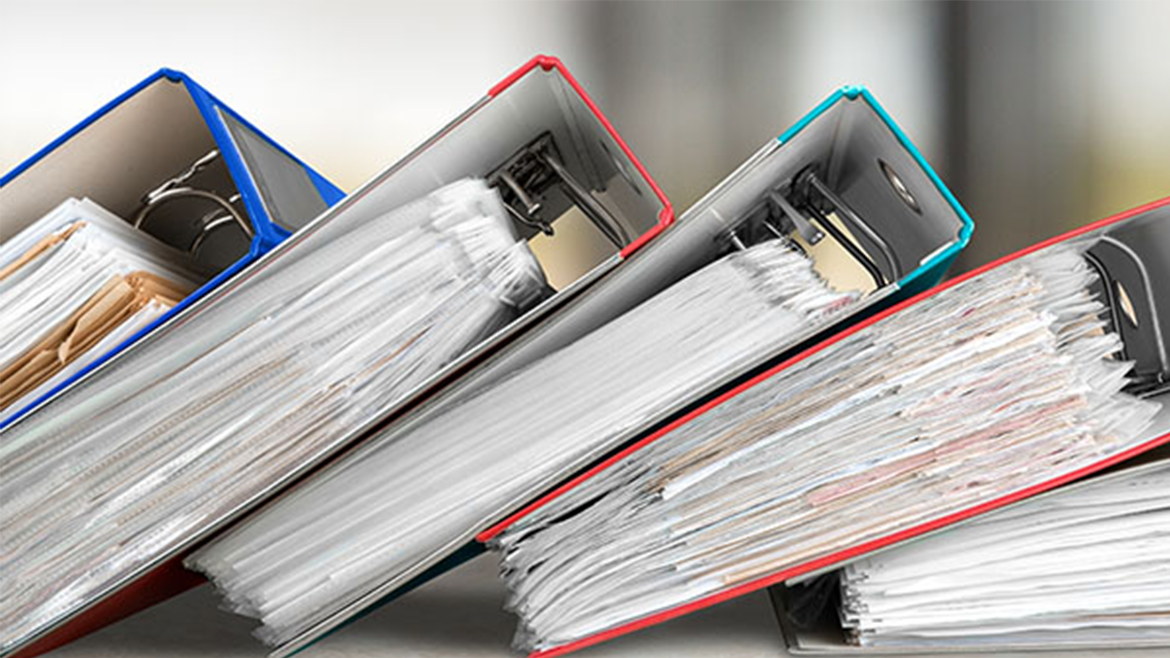
On March 31, the Financial Accounting Standards Board (FASB) published an amendment to credit loss accounting rules. The changes are designed to eliminate rules related to troubled debt restructurings (TDRs) for certain lenders and enhance the usefulness of vintage disclosures. Here are the details.
Redundant rules
Accounting Standards Update (ASU) No. 2022-02, Financial Instruments — Credit Losses (Topic 326): Troubled Debt Restructurings and Vintage Disclosures, eliminates the recognition and measurement of TDRs for creditors that have adopted the current expected credit losses (CECL) standard. Instead of applying current TDR guidance, creditors would apply the current loan refinancing and restructuring guidance in Accounting Standards Codification (ASC) paragraphs 310-20-35-9 through 35-11 to determine whether a modification results in a new loan or a continuation of an existing loan.
The change stems from a redundancy that happens after the adoption of the CECL standard. The CECL model already captures the impact of losses associated with TDRs in the allowance for credit losses. Continuing to include the information wouldn’t be useful to investors.
In addition, the updated guidance enhances disclosures of certain modifications made to borrowers experiencing financial statement difficulty. But if payment is only insignificantly delayed, that modification doesn’t have to be disclosed. The standard also limits the look-back period to modifications made in the previous 12 months.
Vintage disclosures
Another important aspect of the updated guidance relates to vintage disclosures, which are used by analysts to build loss curves. Public companies are now required to disclose in the current reporting period the gross write-offs made by the year of the loan’s origination for financing receivables and net investment in leases within the scope of ASC Subtopic 326-20.
Vintage disclosures give analysts insight into core information, including:
- The year the loan was made, and
- Whether it’s a commercial loan, consumer loan, real estate loan or mortgage.In addition to disclosing the class of the financing receivable, companies also need to provide information about credit quality indicators, such as FICO credit scores.
In addition to disclosing the class of the financing receivable, companies also need to provide information about credit quality indicators, such as FICO credit scores.
Need for change
The changes will give investors a better understanding of the magnitude of certain loan modifications made by a bank, the type of modifications it offers and the performance of the loans after modification. Stakeholders will also get a stronger grasp of the bank’s underwriting performance and credit quality trends by year of origination.
In a recent statement, FASB Chair Richard Jones said, “The new ASU responds to feedback we received from investors and other stakeholders during our extensive post-implementation review (PIR) of the credit losses standard. The amendments create a single model for loan modification accounting by creditors while providing improved loan modification and write-off disclosures.”
Coming soon
The changes take effect next year. Early adoption is permitted for companies that have adopted the current expected credit losses (CECL) standard. (See “No TDR relief until the CECL model is adopted” below.)
In general, the rules should be applied prospectively. For TDR recognition and measurement, there’s an option for companies to apply a modified retrospective transition method where they will be able to report a cumulative effect adjustment to beginning retained earnings. Contact your CPA for help implementing the changes.
Sidebar: No TDR relief until the CECL model is adopted
Two AICPA panels recently asked the Financial Accounting Standards Board (FASB) to extend the troubled debt restructurings (TDRs) relief provided under Accounting Standards Update (ASU) No. 2022-02 to all companies. (See main article.) Currently, the updated guidance only eliminates the recognition and measurement of TDRs for creditors that have adopted the current expected credit losses (CECL) standard. On April 6, the FASB rejected the request, unanimously agreeing it would do more harm than good.
The TDR exemption rule was limited to CECL adopters only because the CECL model captures a lifetime estimate of expected credit losses, including most loans modified as TDRs. But for companies that haven’t yet adopted the CECL model, recognizing and measuring TDRs is an important part of reporting incurred loan losses.
The issue stems from the expiration of CARES Act legislation that temporarily suspended the TDR rules. As of January 1, 2022 — prior to the issuance of ASU 2022-02 — all creditors were required to resume accounting for any new modifications or remodifications that provide concessions to a borrower experiencing financial difficulty as TDRs.
When companies that are required to adopt the credit loss standard next year do so, they’ll have to apply the TDR accounting model for a one-year period. It will be subsequently eliminated a year later upon their adoption of the CECL model or ASU No. 2022-02.
“While we can be sympathetic to firms as they go through this transition year, I think TDR accounting has been both part of the incurred loss model for a number of decades, and it’s been an integral part of the incurred loss model,” said FASB member Fred Cannon.





